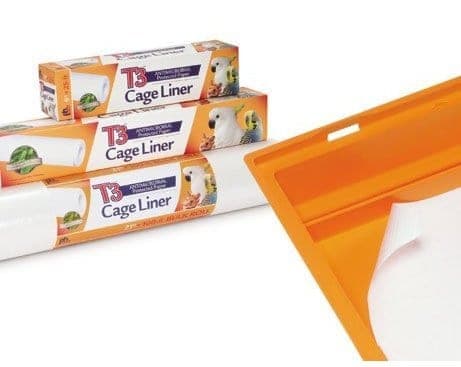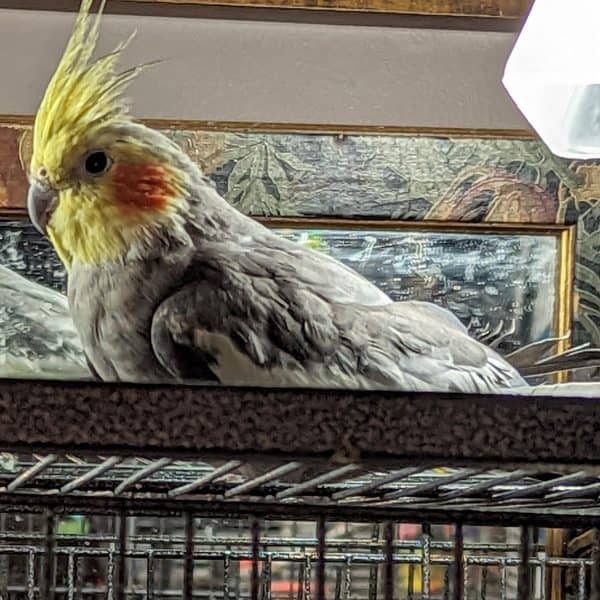
4 Bird Keeping Clean Ideas
Last Updated on by Mitch Rezman
We’re going to get started by talking about one of our favorite product lines Lixit. Do you really need a water bottle? Birds being the messy creatures that they are will poop in their water dishes regardless of placement.
The key to selecting the proper water bottle takes into consideration the size of the bottle, the size of the nozzle and your budget. The nozzle size is the most important consideration because it will ensure that your bird gets enough water but doesn’t waste it.
Lixit water bottles work based upon the “Vacuum-Valve” principle. A metal ball bearing inside the tube is able to hold the water content because a vacuum is formed in the bottle that is sealed by a rubber cork. The metal ball actually has a film of water that sits between the ball and the drinking tube opening. When your birds tongue or beak moves the exposed ball the seal is broken and the vacuum inside the water bottle is released allowing water to flow and hydrate your bird. The water flows as long as the ball is moving to keep the valve open. When your bird stop moving the ball, it settles back in place, the film of water then covers the ball again and the valve closes.
Every time the water’s released a drip of water will come out which creates the new vacuum seal. So that the vacuum forms within the sealed water bottle, the amount of water in a bottle versus the amount of air that is taking up space has to be equalized. So if you see a single drop when you first install the bottle it’s not a sign of a leaking water bottle. You actually want to tap the ball bearing several times with your fingertip after you fill the bottle which releases a small amount of water which speeds up the process of equalizing the vacuum pressure. More Lixit water bottle FAQs
Tidy Seed No-Mess feeders are often overlooked as tremendous time savers by reducing the amount of bird food waste that gets sprinkled both inside and outside of the bird cage. We’ve seen other products with similar intentions come and go but this product has shown to be sticky. They are well-designed and built for durability. Installation is easy, screwing two hooks which link over a feeder door.Imagine eliminating 99% of all the hull and husks your bird normally tosses out of its cage. Your bird literally goes inside and leaves all the mess in the clear box. You’ll also save money by tossing out fewer un-eaten seeds.
If you’re looking to take keeping your bird cage cleaning to the next level consider using Prevue T3 birdcage liners. Although newspaper and rolled paper will collect the debris from your birdcage, unless the paper is changed throughout the day a great deal of bacteria is being harbored.
Prevue T3 birdcage liner which is treated with silver ion, a naturally occurring element – inhibits the growth of mildew and odor-causing bacteria growth on the surface of the paper. It comes in several sizes in and is easy to cut to size with scissors. The paper is conveniently marked per inch for easy sizing and training
If it’s not in the budget for daily use or if you have a lot of bird cages, we highly advocate its use for newborn and younger birds as well as sick or recovering birds all of whom may have compromised immune systems.
Author Profile

Latest entries
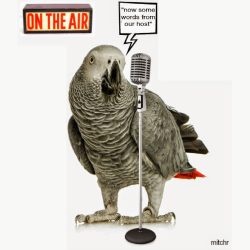 Bird & Parrot CareJune 20, 2025Understanding the Best Way to Use Prevue Pets Mimic Me Voice Trainer
Bird & Parrot CareJune 20, 2025Understanding the Best Way to Use Prevue Pets Mimic Me Voice Trainer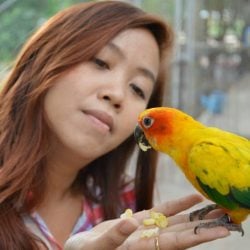 Bird BehaviorJune 6, 2025How Do I Keep My Parrot From Dumping His Food Every Day?
Bird BehaviorJune 6, 2025How Do I Keep My Parrot From Dumping His Food Every Day?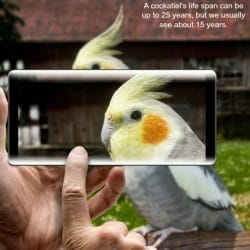 Birds & LightingMay 16, 2025I Am Seeking Clarity About Lighting for My Birds Cage
Birds & LightingMay 16, 2025I Am Seeking Clarity About Lighting for My Birds Cage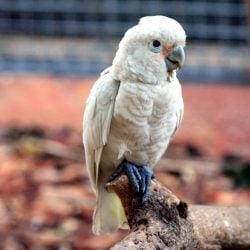 Bird RescueApril 29, 2025How Do We Re-Home a 17 yr Goffin Cockatoo?
Bird RescueApril 29, 2025How Do We Re-Home a 17 yr Goffin Cockatoo?
